Following the Trails of Turkish Pioneers
- Written by Admin TOA
- Published in Interesting Facts
Professor Sedat Isci of Aegean University continues to follow the trails of Turkish pioneers in America. During his research under the project titled “First Turkish Settlers in America: 1860-1921'' he identified five cemeteries in Detroit, and one in New York that belongs to early comers.
Mr. Isci located the first Turkish cemetery in Salem in 2000. He then focused his search on Detroit and conducted preliminary research on three of the five cemeteries that were identified.
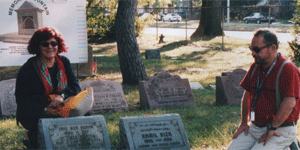
In these three cemeteries, Mr. Isci identified between 500 and 1000 Turkish graves.
Between 1860 and 1921, approximately 1.2 million people migrated to the U.S. and other parts of America from the Ottoman land.
An estimated 15 percent of these people are thought to be Turkish or Muslims.
According to Professor Isci, approximately 60 thousand Turks and/or Muslims came to the U.S. during this period. The total number of Muslim immigrants in the same timeframe is estimated to be around 150 thousand.
MEMORIAL FOUNTAIN IN NEW YORK
According to Mr. Isci’s research, the grandfather of General Abizaid, the highest commander in charge of Iraq at present was an Ottoman citizen who emigrated from Lebanon.
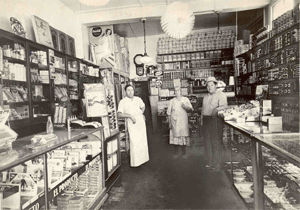
Between 1900-1970, most associations in Detroit were located around St Antoine and Lafayette Street. The area was also the marketplace for Turks.
Those who bought new cars would drive around these streets. Workers living in nearby towns would come here for the weekends.
Letters addressed to immigrants who changed addresses would come to the association. St. Antoine Street and Lafayette Street are two names that people of Elazig even remember today.
There are approximately 250 graves at the Rockville Cemetery in Lybrook, New York. Some of them have very interesting epitaphs. For example, one Turkish tombstone reads "I came here as a Turk and lived as a proud one."
Mr. Isci wants to produce a documentary and demonstrate his findings. The project is in need of sponsors that would support his research.
The memorial fountain in Detroit, which was built last year, is Isci’s and his team’s first monument in the U.S. that commemorates the early Turkish immigrants in America.
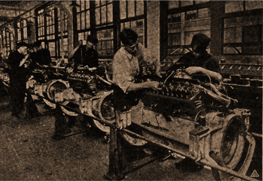
If necessary permits are obtained, another monument, co-sponsored by the Koc Family and Ford Corporation, will be erected in Detroit on September 15, 2004.
On October 29th, the 81st anniversary of the Republic, another monument will be erected at the Turkish Cultural Alliance’s Turkish cemetery in New York.
SABIHA SERTEL STEPS IN FOR THE CEMETERY
According to Mr. Sedat Isci, Turks living in Manhattan at the turn of last century suffered from poverty and did not know how to fight for their rights.
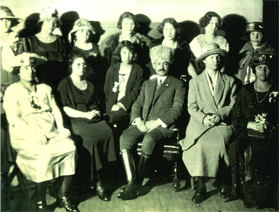
When the First World War broke out, they thought that they would die here and sort of panicked. At that time there were some Turkish students who studied at Columbia University.
Sabiha Sertel, a prominent figure in Turkish media history, was one of them. These students came together at coffeehouses.
Since Sabiha Sertel spoke English, she conveyed the request for a Turkish cemetery to the New York Mayor of the time. Following the mayor’s approval, the land for the cemetery was purchased.
Early Turks organized around associations such as the Ottoman Solidarity and later the Turkish Solidarity. When Mustafa Kemal Ataturk sent Dr. Fuat to the U.S. in 1923, the Turkish immigrants held a meeting on April 8.
At this meeting, the Orphan Foundation was established. Later on, this entity was renamed as Cultural Alliance. The group operated under this name throughout 1930s, then renamed again as the Turkish Welfare Association or the Turkish Orphan's Association.
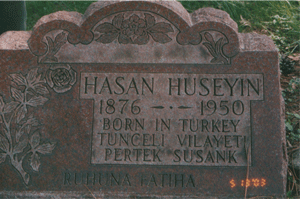
Latest from Admin TOA
- Fat Sal’s Italian Specialties Welcomes Customers in Bayville, NJ with a Renewed Concept
- FFD Wood LLC Delivers Custom Woodwork Solutions from Long Island
- A Tax Expert in the U.S. Tax World: An Interview with Samet Oynamıs
- Announcing the 2025 Edition of the 100 Most Influential Turkish Americans
- CEO Club New York Networking Night Stands Out with the Lamborghini Experience









